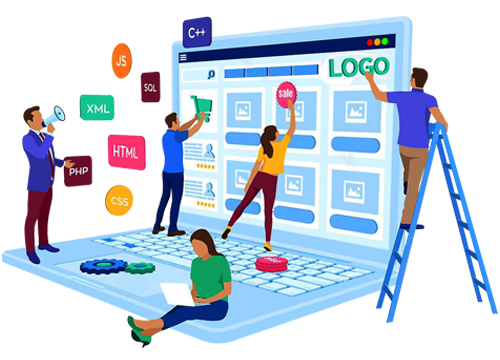
When ordering a website, there are several key elements that a client should take into consideration to ensure a successful outcome. Here are some important points to keep in mind:
1. **Purpose and Goals**: Clearly define the purpose of the website and its goals. Understand what you want to achieve with the website, whether it is to showcase products, generate leads, provide information, or sell services.
2. **Target Audience**: Identify your target audience and tailor the website design and content to meet their needs and preferences. Understanding your audience will help in creating a user-friendly experience.
3. **Budget**: Determine your budget for the website project. This will help you prioritize features and functionalities based on what you can afford.
4. **Timeline**: Set a realistic timeline for the website development and launch. Consider factors like content creation, revisions, and testing that may impact the timeline.
5. **Design and Branding**: Ensure the website design aligns with your brand identity. Consistent branding helps in creating a professional and cohesive online presence.
6. **Content Strategy**: Plan the content for the website, including text, images, videos, and other media. High-quality content is crucial for engaging visitors and improving SEO.
7. **SEO and Marketing**: Consider search engine optimization (SEO) and marketing strategies from the beginning. Including SEO elements in the website structure and content can improve visibility in search engine results.
8. **Mobile Responsive Design**: With the increasing use of mobile devices, ensure that the website is mobile responsive. This means the design adjusts to different screen sizes and provides a seamless experience across devices.
9. **Functionality and Features**: Determine the functionality and features you need on the website, such as e-commerce capabilities, contact forms, social media integration, and more. Prioritize features based on your goals and audience needs.
10. **Security**: Ensure that the website is secure to protect user data and prevent cyber threats. Implement security measures such as SSL certificates, regular backups, and malware protection.
11. **Maintenance and Updates**: Plan for ongoing maintenance and updates to keep the website running smoothly. Regular updates help in improving security, performance, and user experience.
12. **Feedback and Testing**: Gather feedback from stakeholders and conduct thorough testing before launching the website. Testing helps in identifying and fixing any issues or bugs.
By considering these elements when ordering a website, you can ensure that the final product meets your requirements, resonates with your target audience, and helps you achieve your online goals effectively.


0 Comments